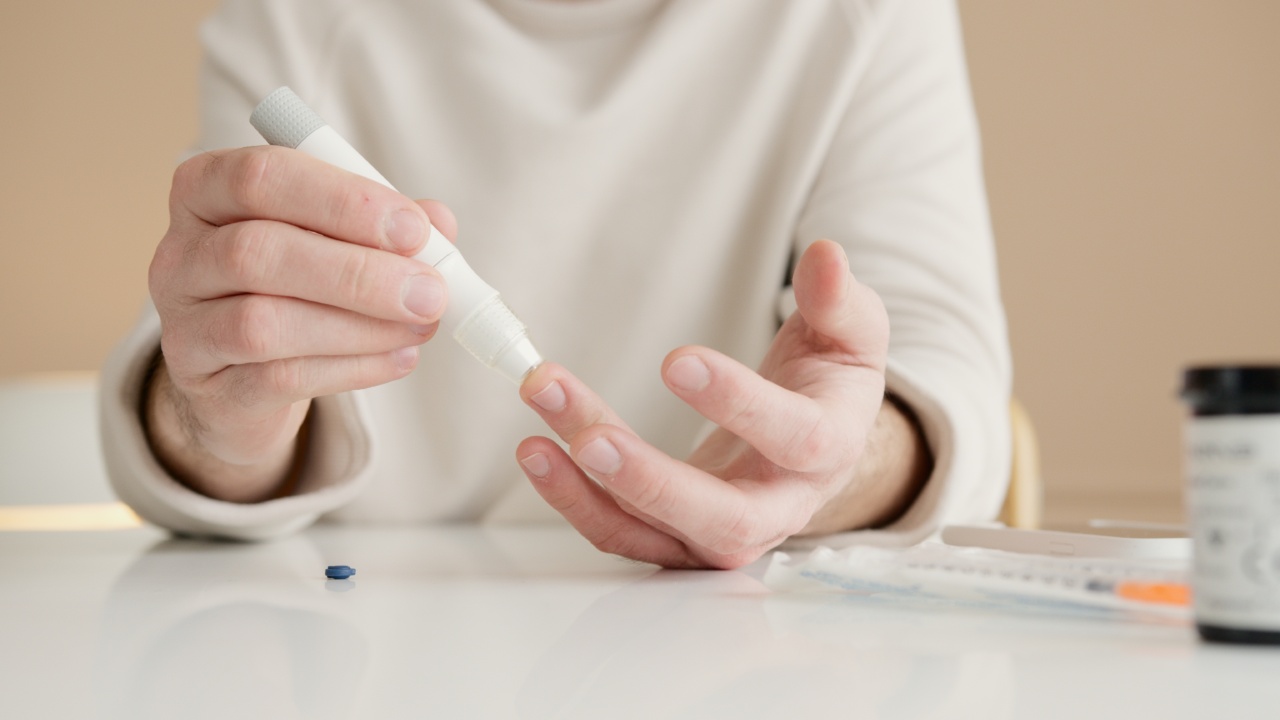Chronic obstructive pulmonary disease (COPD) is a condition characterized by breathing difficulty, especially during exhalation. It is a progressive disease that worsens over time, and is most often caused by smoking or exposure to air pollution.
COPD affects millions of people globally and is the third leading cause of death worldwide.
Symptoms of COPD
The symptoms of COPD can vary from person to person, but the most common ones are:.
- Coughing
- Mucus production
- Shortness of breath
- Wheezing
- Chest tightness
These symptoms may be mild at first and become more severe over time, causing limitations in daily activities and reducing overall quality of life. COPD symptoms can also flare up and worsen suddenly, which is known as an exacerbation.
Causes of COPD
The main cause of COPD is smoking, which is responsible for around 80% of all cases. Over time, exposure to tobacco smoke damages the lungs and airways, making breathing more difficult.
However, not all smokers develop COPD, and some non-smokers do, indicating that there are other risk factors involved.
Other causes of COPD include:.
- Exposure to air pollution
- Occupational exposure to dust, chemicals, or fumes
- Alpha-1 antitrypsin deficiency
Alpha-1 antitrypsin deficiency is a genetic condition that can cause COPD in people who have never smoked or been exposed to significant air pollution. It is caused by a lack of a protein that normally protects the lungs and liver from damage.
Treatment for COPD
While there is no cure for COPD, there are several treatment options available that can help manage symptoms and slow the progression of the disease:.
- Lifestyle changes: Quitting smoking, avoiding air pollution, and regular exercise can improve lung function and overall health.
- Medications: Bronchodilators, corticosteroids, and antibiotics can help ease breathing difficulties and prevent exacerbations.
- Oxygen therapy: Supplemental oxygen can be used to relieve shortness of breath and improve exercise tolerance.
- Pulmonary rehabilitation: This program involves a combination of exercise, education, and counseling to improve breathing and overall quality of life.
- Surgery: In severe cases, surgery may be necessary to remove damaged lung tissue or to replace a diseased lung with a healthy one.
Preventing COPD
The most effective way to prevent COPD is to avoid smoking and exposure to air pollution. Quitting smoking is the most important step in reducing the risk of developing COPD or slowing its progression. Other ways to prevent COPD include:.
- Using air filters indoors
- Maintaining good indoor air quality
- Wearing protective equipment in workplace with hazardous pollutants
- Eating a healthy diet and exercising regularly
Conclusion
COPD is a serious, chronic condition that can greatly impact a person’s quality of life.
Understanding the symptoms, causes, and treatment options can help those with COPD manage their condition more effectively and improve their overall well-being. By avoiding smoking and exposure to air pollution, and making positive lifestyle choices, we can all reduce our risk of developing COPD and other respiratory diseases.




























